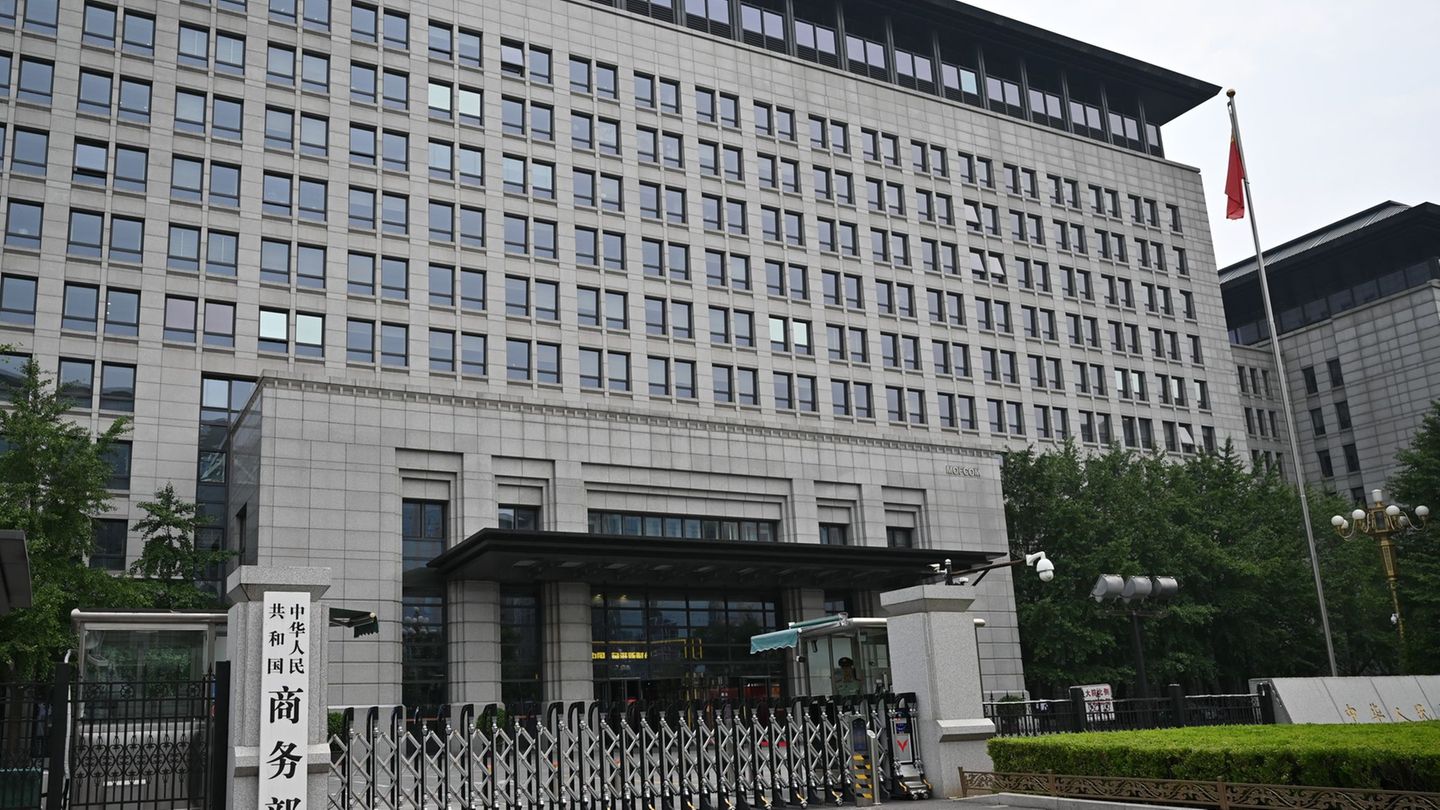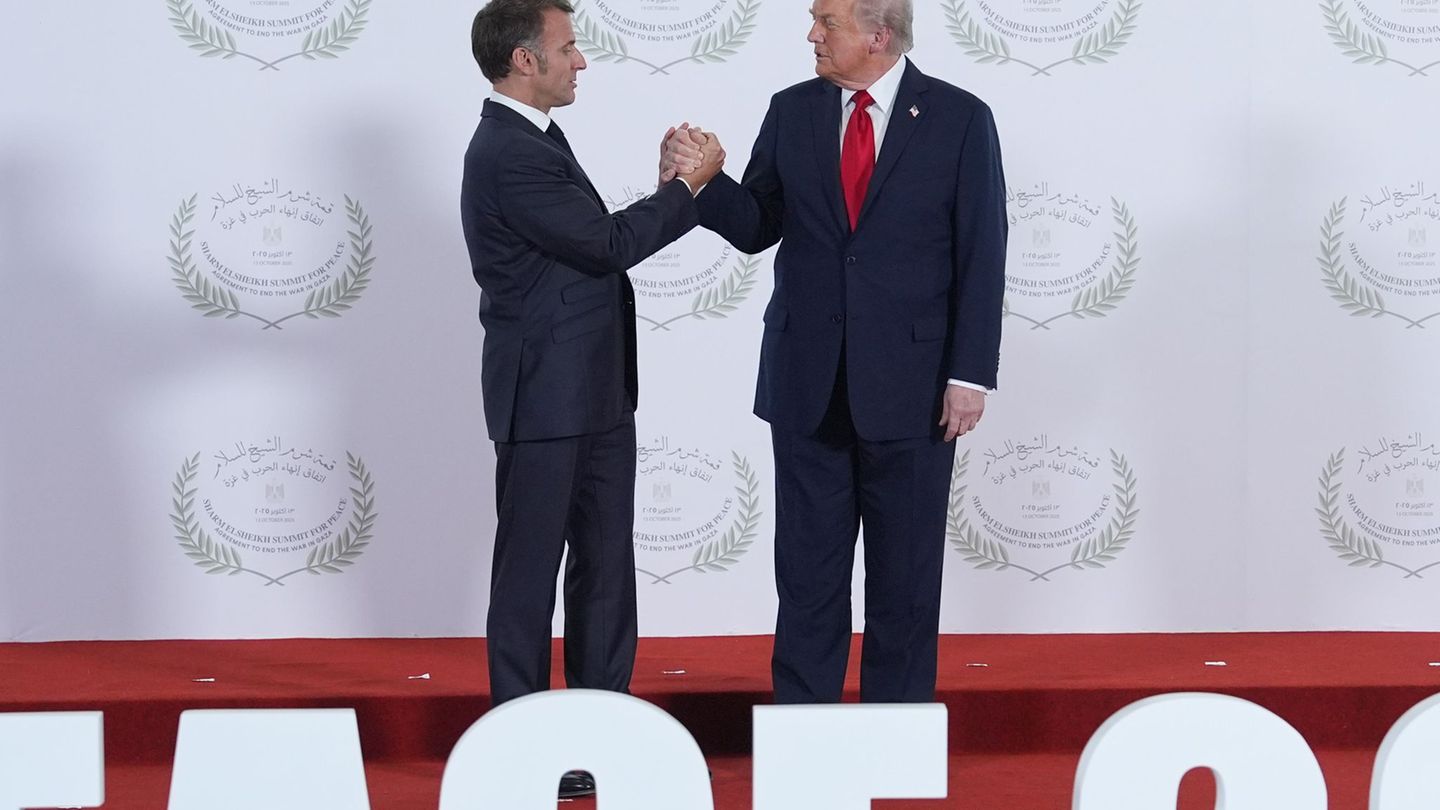The price gap between Uruguay and Argentina continues to shrink, but the country could “import” inflation in dollars from the other side of the pond, according to a report from the Catholic University of Uruguay (UCU).
The beginning of the macroeconomic order in the neighboring country after the arrival to the government of Javier Milei led to a relative stabilization of the Dolar blue in nominal terms, which, added to an inflation of around 120% in November-March, produced an enormous increase in dollar prices that seems to put an end to the exchange of Uruguayans to make purchases taking advantage of the exchange difference.
When taking the parallel dollar, which was quoted at 1,030 Argentine pesos this Wednesday, the prices In Argentina they are headed for an increase of 104%, which changes the scenario for those families who crossed to compare cheap.
The UCU report, prepared by the economist Javier De Haedo, He warned that expectations for the end of the year indicate a blue dollar at 1,611 Argentine pesos, with an inflation of 210%, so “an additional increase in dollar prices” is expected in the neighboring country.
“In this context, there should be a tendency to close the gap that was seen last year between the increase in household consumption and that of the VAT collection observed the study and highlighted that “now Uruguayans are spending a greater part of their income within borders and that has an impact on tax revenues.”
At the same time, in this scenario, he anticipated that “it could be ‘imported’ inflation in dollars from Argentina, since a competitor will leave the scene in several consumer items, which in some way limited prices in our country.”
What is the level of the price gap?
The price gap was reduced by 59.4% between November and January, according to the latest border price report from the Economic Observatory of UCU Jump, to which he had access Ambit, product of the measures he promoted Milei, who conspired against shopping tourism, a situation that was recognized by Uruguayan political leaders.
The survey, prepared by economists María José Medin and Gimena Abreu, He specified that purchasing a basket of goods in Salto costs a Uruguayan 97.4% more expensive than doing so in the Argentine city of Concordalmost half of the 180% it measured in October.
Given this scenario, the consulting firm CPA Ferrere published a report days ago where it anticipated that this situation will lead to an improvement in the private consumption of the country, which will boost growth during 2024.
Source: Ambito




